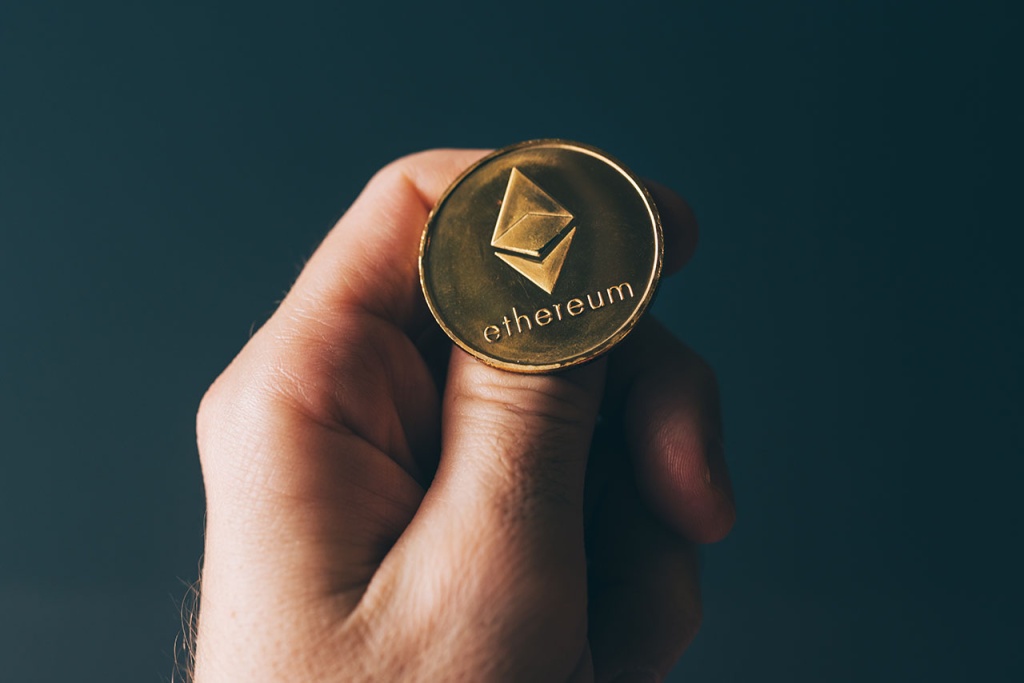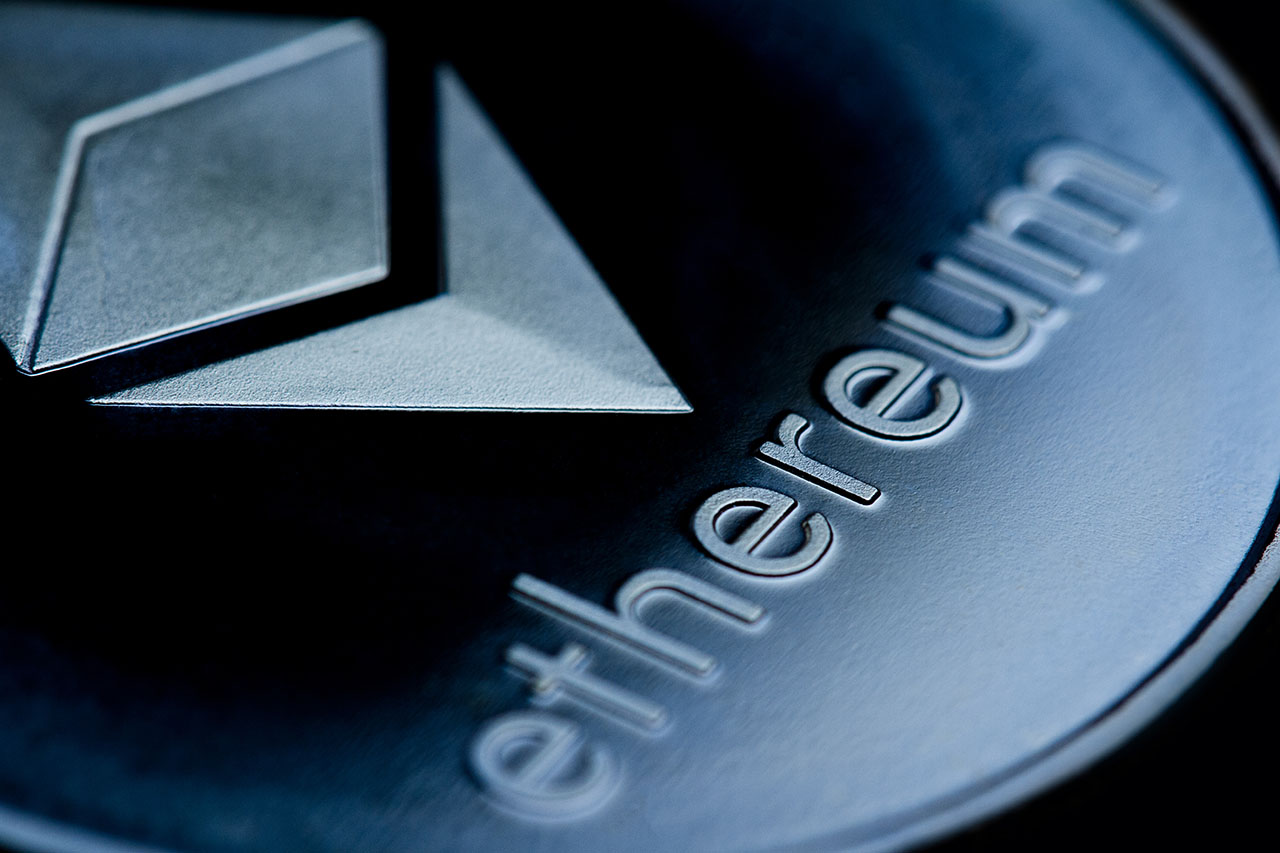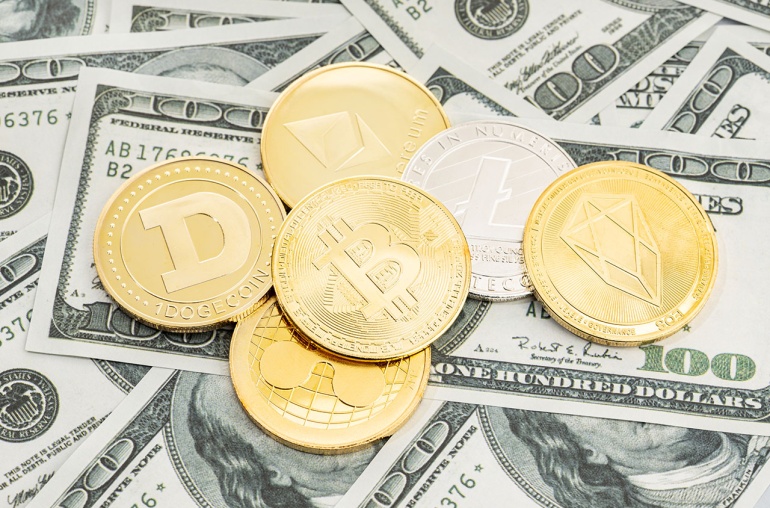Bitcoin might be the world’s first cryptocurrency, but it was Ethereum that brought forth many of the innovations in blockchain technology, ushering in the decentralized finance (DeFi) ecosystem slated to change the way global finance works. The rise of its popularity has also resulted in a major problem: the sheer use of the blockchain network cannot keep pace with its ability to process transactions.
The Ethereum blockchain network processes 15 transactions per second. These 15 transactions per second cater to the demands of the entire ecosystem — throughout the world. Such slow transaction speeds and long waiting times require the network to use a lot of energy to process each transaction, making them incredibly expensive.
The transaction fees are called Ethereum “gas” fees. Ethereum miners receive Ether tokens (The token native to the Ethereum blockchain) as a reward for their contributions to the network. These ETH rewards come through the gas fee. 0.000000001 ETH equals one “gwei,” the unit that denominates the Ethereum gas fee.
Cryptocurrency transactions are grouped into blocks of data. The block size on the Ethereum blockchain varies based on the amount of gas spent on each block. The target size of a block of data on Ethereum’s blockchain network is 15 million gwei, but the limit is 30 million gwei per block.
Each Ethereum user’s transactions are competing with other transactions so they can become a part of the next block of data sent for validation. Unfortunately, someone eager to have their transaction processed faster has the choice to send a tip called a priority fee to move their transaction ahead of yours. It effectively means that they push the gas fee higher because they can afford to pay higher fees, making it more challenging for you to keep your transaction costs down.
We have put together this guide to give you a few tips that can help you keep your Ethereum gas fees down.
1. Optimize Transaction Times
The Ethereum gas fee can vary drastically throughout the day as several on-chain transactions take place. It means that there are periods during the day when the average gas prices are significantly lower. It will take some time and effort, but observing the changing gas fee throughout the day for several days can help you identify the ideal times to transact for a lower gas fee.
Paxful University recently published a report that observed Ethereum gas fees during different times of the day. They found that the most expensive time to transact with Ethereum is between 8 am and 1 pm EST, i.e., during business hours in the US and Europe. The lowest amount of transactions taking place on the blockchain network are between 12 am, and 4 am EST.
2. Use Layer-Two Solutions
Layer-two (L2) solutions have become increasingly popular among Ethereum users to reduce their gas fees. These decentralized projects offer more efficient infrastructure while guaranteeing the safety that comes with the Ethereum blockchain, allowing users to make almost instantaneous transactions at lower costs.
xDAI and Polygon’s PoS chains are separate blockchain networks linked with Ethereum’s mainnet, offering you a more efficient alternative for transacting with Ethereum. Many Ethereum users prefer transacting through L2 solutions and sidechains to cut down Ethereum gas fees already.
3. Capitalize on Gas Tokens
You can consider taking on the responsibilities of becoming an Ethereum miner and start minting gas tokens during low gas prices. You can then redeem the gas tokens when their prices are high, allowing you to receive enough ETH tokens to cover expensive gas prices.
However, gas tokens have been contributing to making the blockchain network less efficient at processing transactions. It is possible that the coming years might see gas tokens become obsolete.
4. Use dApps that Reduce Gas Fee
Ethereum’s ecosystem is vast and boasts thousands of decentralized applications (dApps). Several dApps offer products specifically designed to reduce gas prices. KeeperDAO is one such dApp that consolidates and automates several user transactions together. Creating a batch of transactions allows all the users to pay the gas fee for the entire group at one time instead of individually paying gas fees for their own transactions, substantially lowering costs for individual users.
Wrapping it up

The constantly growing cost of gas fees has become a major problem for cryptocurrency users across the board. Ethereum’s blockchain infrastructure is one of the most popular players in the industry right now. It offers a crucial foundation for decentralized finance, NFTs, and dApps. The innovations sparked by Ethereum have the potential to change the way the world works for the better. However, the increasing demand for transactions on the Ethereum blockchain network might continue causing problems leading to higher gas fees.
The long-awaited Ethereum 2.0 upgrade might be right around the corner and is slated to significantly reduce gas fees. In fact, it was one of the primary reasons leading to the innovations necessary for a more efficient validation infrastructure in Ethereum’s blockchain. Reducing the transaction congestion and speeding up Ethereum by switching to a proof-of-stake validation method should theoretically minimize Ethereum gas fees.
It might take some time for the change successfully come forth and make a substantial impact on transaction times and reduce Ethereum gas fees. As things stand, Ethereum’s blockchain can process around 15 transactions per second. The demand warrants more substantial capabilities, and Ethereum could risk losing out to competing blockchain projects that offer greater transaction speeds and lower transaction costs.
The highly anticipated breakthrough is reportedly right around the corner as of writing. Until that happens, you could use the tips and tricks above to reduce your transaction costs with Ethereum.
Remember that this article is in no way intended to give you investment advice, and it should not be taken as such. We hope you found this post on the tips to reduce your Ethereum gas fees enlightening. If you had a good time reading this guide, you are in for a lot more. Stay tuned to our blog on Crypto World for more interesting and informative posts about the cryptocurrency industry.



